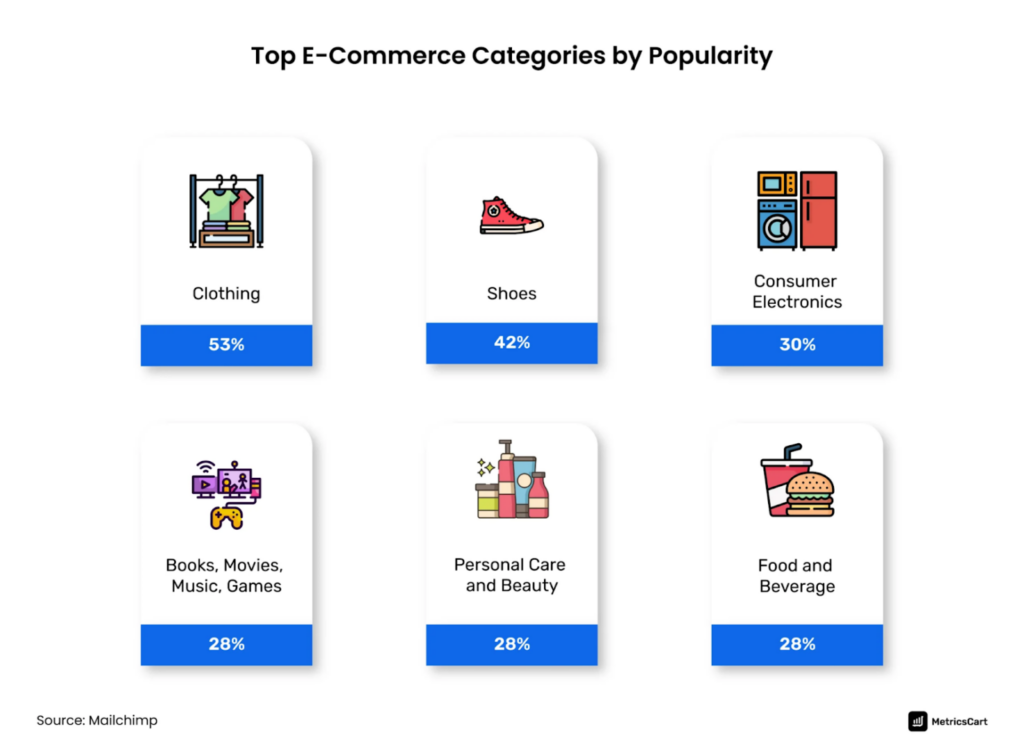What is E-Commerce Category Management
Category management is the process of organizing and optimizing your online store’s categories, subcategories, and product listings to make it easier for customers to find what they’re looking for. When done correctly, effective category management can lead to increased customer satisfaction, higher conversion rates, and ultimately, better online visibility.
So, how can you master e-commerce category management and give your online store the boost it needs? Here are some tips to get you started:
Conduct thorough research
Before you start organizing your categories, it’s important to conduct thorough research into your target audience and their shopping habits. Look at industry trends, analyze your competitors, and identify gaps in the market that you can fill with your products. This will help you create categories that resonate with your target audience and increase the chances of them finding what they’re looking for.
Create clear and concise categories

Image Source: MetricsCart
Once you have a good understanding of your target audience, it’s time to create clear and concise categories that reflect their shopping habits. Avoid using jargon or technical terms that might confuse customers. Instead, use simple language that accurately describes the types of products they’ll find within each category.
For example, if you sell clothing, instead of creating a category called “outerwear,” consider creating separate categories for “jackets,” “coats,” and “vests.”
Use subcategories to refine search results
Subcategories allow you to further refine search results and provide customers with more specific options. Continuing with our clothing example, under the “jackets” category, you could create subcategories like “leather jackets,” “denim jackets,” and “windbreakers.” This helps customers quickly narrow down their search and find exactly what they want.
Optimize product listings

Image Source: Dynamic Yield
Optimizing your product listings is crucial for increasing visibility and driving sales. Make sure each listing includes high-quality images, detailed descriptions, and relevant keywords. Also, ensure that your product titles accurately reflect the name of the product and include any relevant information, such as size, color, or material.
Utilize filters and faceted navigation

Image Source: Searchspring
Filters and faceted navigation allow customers to further refine their search results based on specific attributes, such as price, brand, or size. By providing these tools, you can help customers quickly find the exact product they’re looking for and reduce the likelihood of them leaving your site frustrated.
Regularly review and update categories
As your business evolves and new products are added, it’s essential to regularly review and update your categories to ensure they remain relevant and useful to customers. Consider analyzing customer feedback, search data, and sales patterns to determine which categories are working well and which ones need improvement.
Invest in SEO optimization
Search engine optimization (SEO) plays a critical role in e-commerce category management. Ensure that your categories, subcategories, and product listings are optimized for relevant keywords and phrases to improve your site’s visibility in search engines. Additionally, use meta tags and descriptions to provide search engines with additional context about your content.
Provide excellent product recommendations

Image source: Monetate
Product recommendations can be a powerful tool for encouraging customers to explore related products and increase average order value. Use algorithms and machine learning to suggest products that complement the items customers are viewing or have previously purchased. Personalized recommendations not only enhance the customer experience but also increase the chances of repeat business.
Offer intuitive navigation
Intuitive navigation is key to ensuring customers can easily find what they’re looking for. Use clear and consistent menu structures, and consider implementing features like breadcrumb trails and “related categories” sections to help customers navigate your site with ease.
Monitor performance and adjust accordingly
Finally, monitor your category performance regularly and adjust your strategy as needed. Analyze metrics like page views, click-through rates, and conversion rates to determine which categories are performing well and which ones require improvements. Use this data to refine your categories, optimize product listings, and enhance the overall customer experience.
Mastering e-commerce category management requires careful planning, attention to detail, and a willingness to adapt to changing customer preferences.
These tips are meant to help you optimize your e-commerce presence and win more sales. For any questions on e-commerce analytics or to know more about how it can help your business, schedule a demo with us today.
Frequently Asked Questions
What are the 4 P’s of category management?
Product: This involves selecting items or offerings that meet the demands and expectations of consumers.
Price: Refers to the cost of the products offered and the price paid to vendors, emphasizing value.
Place: Also known as placement, it’s about how accessible and appealing your product offering is to consumers.
Promotion: Involves marketing strategies to get consumers excited about the product offerings.
What are the 3 types of category management?
Exclusive: A retailer carries products from only one supplier in a product category.
Selective: Products from multiple suppliers are carried in a product category.
Non-Selective: Products from all suppliers are carried in a product category.





